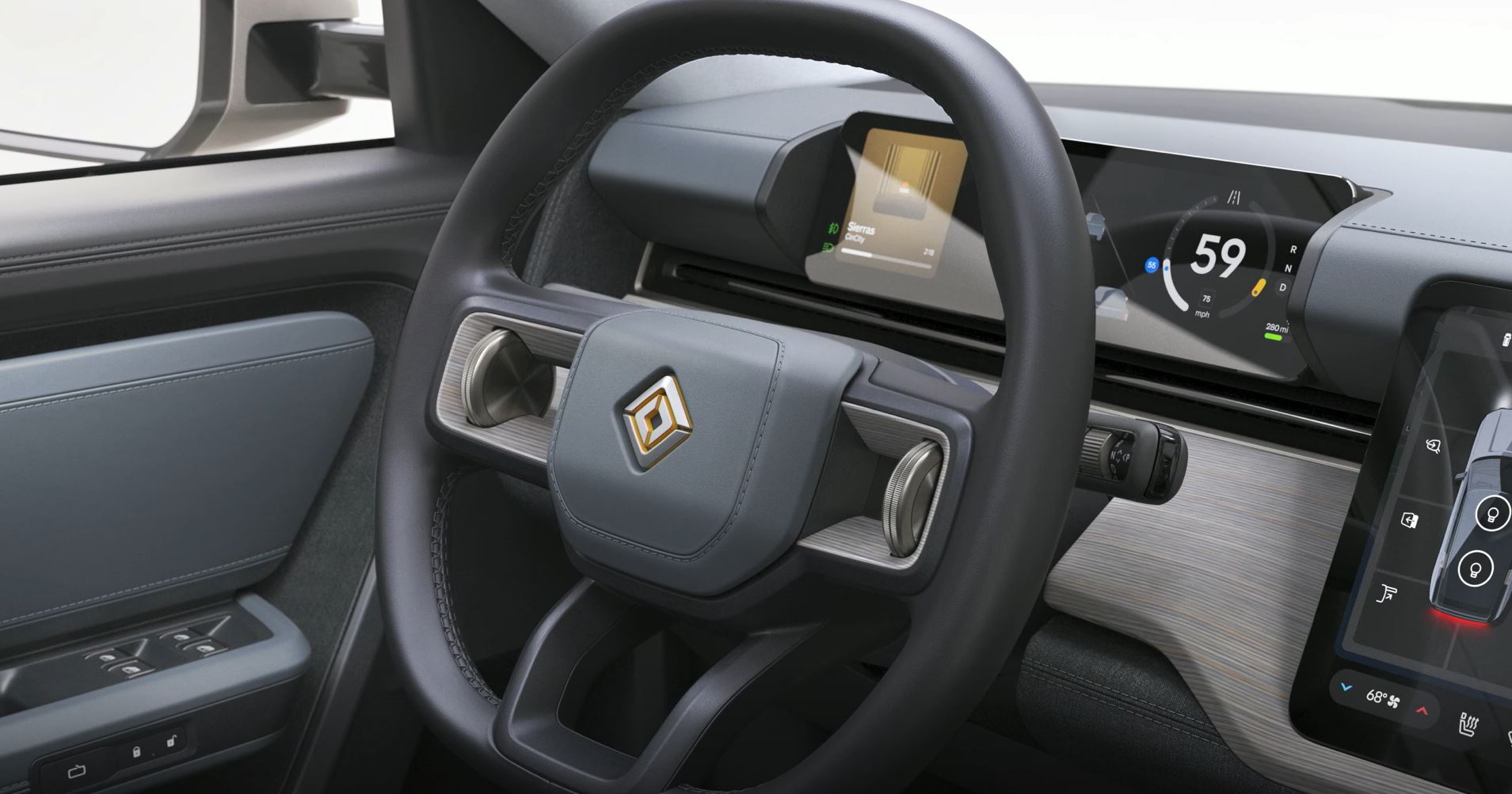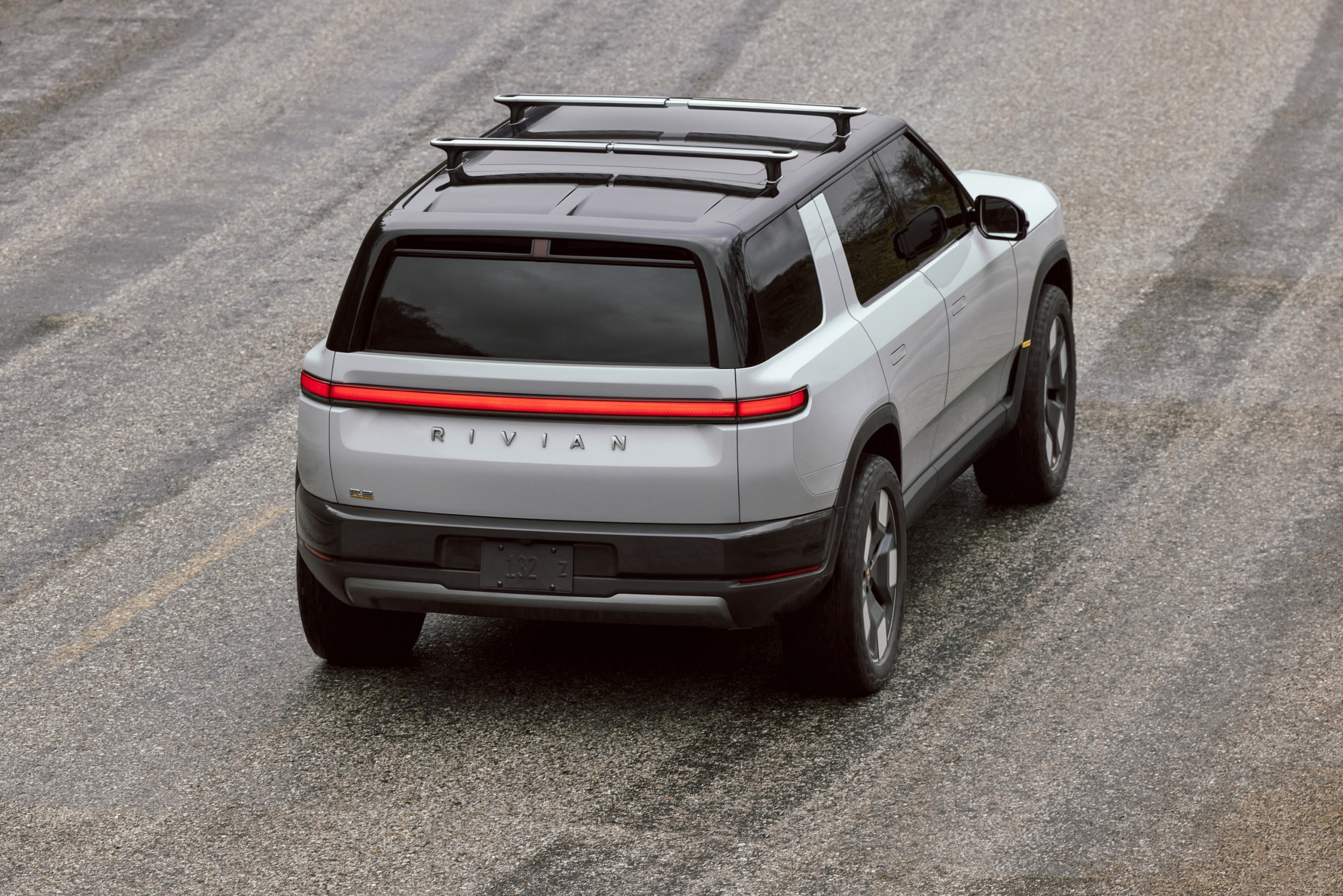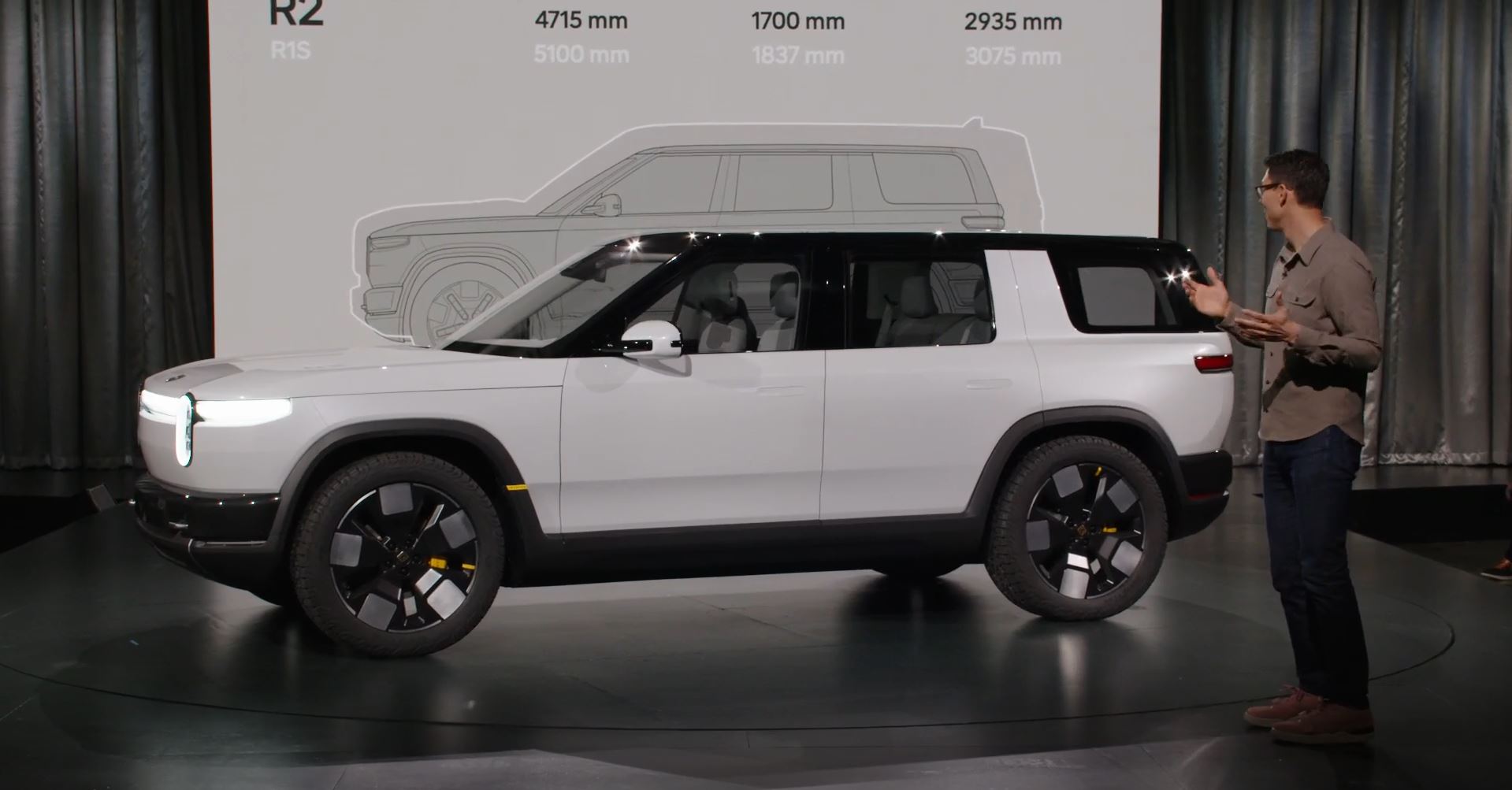Rivian’s upcoming R2 SUV, while generating considerable anticipation, is facing increasing scrutiny as its 2026 launch date approaches. The compact model, intended to broaden Rivian’s appeal with a more affordable price point, has been positioned as a departure from the luxurious R1 lineup.
However, recent revelations suggest that the production R2 will be a more significant departure than initially expected. Key features showcased in prototypes, such as air suspension and the opulent interior design synonymous with Rivian, are now confirmed to be absent from the final product.

This strategic shift, necessitated by cost constraints, risks alienating potential customers who were drawn to the brand’s reputation for premium quality and outdoor-focused capabilities. While Rivian undoubtedly faces the challenge of balancing affordability with brand identity, the R2’s feature set raises questions about whether it can truly deliver on the promise of a capable, yet accessible electric SUV.
Rivian’s upcoming R2 has taken an unexpected turn from its highly anticipated prototype. The production model will notably diverge from the concept vehicle in several key areas, particularly regarding interior space and functionality. A standout feature of the prototype was its fully flat-folding front seats, transforming the cabin into a spacious, versatile area ideal for camping.
Unfortunately, the production R2 will compromise on this, opting for seats that only slide and recline like the R1. This change, attributed to factors such as regulatory hurdles and cost, is a significant departure from the original vision. Additionally, the rear seats won’t offer the same level of flatness as the prototype, instead inclining slightly to meet safety standards.

To mitigate range anxiety, Rivian will offer a compact spare tire as an option for certain trims, a welcome addition considering the absence of spares in many modern EVs. Furthermore, the production R2 will be equipped with a hitch, although it remains unclear if this will be a standard or optional feature.
While these alterations are likely driven by manufacturing constraints and regulatory compliance, they undeniably dampen the adventurous spirit that characterized the R2 prototype. As a result, some potential buyers who were fascinated by the R2’s versatility may find themselves reconsidering their options.

